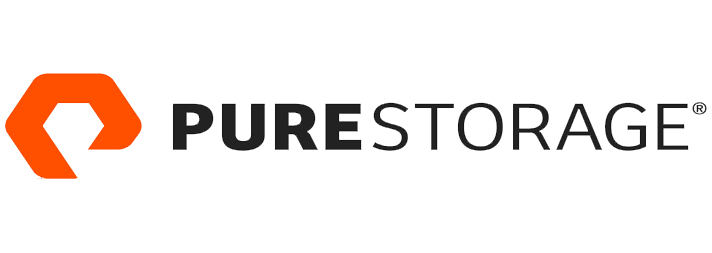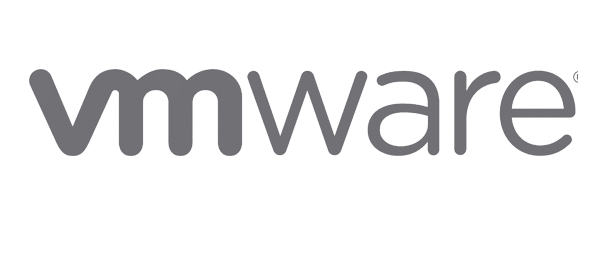Transitioning from SD-WAN to SASE for Manufacturers
Moving from SD-WAN to SASE may make sense when looking at it from the outside due to the increased security and cloud-based management. Still, as research shows, it can be a complicated, difficult transition—particularly for manufacturing organizations where connectivity must extend beyond corporate offices to include factories, warehouses, supply chain systems, and remote operational technology (OT) environments.
SD-WAN has long functioned as an overlay network, routing traffic back through centralized data centers. While effective, this approach can introduce latency. With its cloud-native framework and built-in security, SASE offers a more streamlined and secure access model for distributed operations, mobile teams, and connected machinery. This is especially relevant as manufacturers embrace remote monitoring, predictive maintenance, and global collaboration.
But what happens when the transition between the two becomes too difficult? In Enterprise Management Associates (EMA) research, a poll of 313 IT professionals showed how complicated it can be. Only 11% of the respondents in that survey called it “very easy.” This puts the other 89% in the other category, having some issues with the transition.
So, how can you transition from SD-WAN to SASE with minimal interruption and complication? Let’s dig into it and explore how you can make this transition as pain-free as possible.

Benefits of the SD-WAN to SASE Transition in Manufacturing
If 89% of respondents are having trouble with this transition, why is it so common? Because it’s worth the challenge. There are specific benefits in moving from SD-WAN to SASE, especially in the manufacturing sector, where agility, uptime, and secure connectivity are vital to competitiveness.
- SASE delivers operational flexibility across plants, suppliers, and field teams. Using SASE means an entire workforce can securely access the centralized company resources with an Internet connection. This is essential for any manufacturers managing dispersed facilities, teams, or supplier networks.
- Cloud-native infrastructure supports rapid scale and workforce enablement. With that flexibility comes increased capacity. For example, an equipment technician in another time zone can be granted secure access to product manuals, CAD files, or digital twin environments almost instantly—no on-site setup required.
Dealing with the Complexity of Multi-Vendor SD-WAN Issues
What about the challenges to overcome? One of the central issues is that SD-WAN sourced from multiple vendors is common. For example, a production facility in Ohio might require ultra-low-latency connections for CNC machines and robotics, while a corporate sales office in Atlanta focuses more on CRM access and video conferencing. These differences often lead to site-specific vendor choices and a patchwork network that’s hard to unify.
In addition, organizations that acquire other businesses often inherit a mix of networking technologies that must be gradually integrated into the corporate standard. In cases like this, it’s also typical to have multiple vendor sourcing and multiple network manufacturers, adding additional complexity.
NetworkWorld noted that some 43% of enterprises in EMA’s research group reported having multiple SD-WAN vendors. Respondents with various vendors also tended to report the most difficulty with the SASE transition.
In other words, vendor sprawl will throw a wrench into this transition due to the increased complexity. Look at your current SD-WAN infrastructure and ask yourself some key questions. Is it possible for you to reduce vendors before the transition? Are there any steps you can take to simplify the process before the transition?
The DIY Approach—and Where it’s Going Wrong
There’s another wrench you can throw into the process before you even start: a DIY approach. DIY means you have to be resourceful and innovative. So, what’s wrong with that picture? The research suggests that most IT organizations prefer SD-WAN as a managed service, making the DIY approach an outlier.
About 66% of IT organizations responding to the research said they preferred consuming SD-WAN as a managed service. How did the DIY approach fare? According to the research highlighted by Network World, “40% of consumers of managed SD-WAN services told us they preferred a managed service over DIY specifically because it enabled better integration with other managed services, such as SASE security services.”
In other words, managed SD-WAN is the bridge to a smoother SASE deployment. And for manufacturers juggling complex infrastructure, that integration is key. In this scenario, the DIY approach is not ideal and can add to unexpected costs. You might have pursued a DIY approach in the first place because you thought it would be more cost-effective, but when it comes time to migrate to SASE or attempt a complicated change at your data center, all of that DIY ingenuity can potentially come back to bite you. If you’re still at the stage where you’re considering a DIY vs. managed services approach, remember that the managed approach might cost more now, but it can also pay dividends down the road.
Dealing with Poor WAN Observability in Industrial Environments
Another potential issue with the DIY approach: poor WAN observability. Recall that observability in this context refers to your ability to monitor all aspects of the data center, understanding how the entire digital process works from beginning to end. For this transition, you’ll need a blueprint from beginning to end.
The DIY approach can get in the way of that. Migrating to SASE means SASE solutions will deliver enhanced security functionality via globally distributed Points of Presence, or POP. If you have a DIY SD-WAN that needs transitioning to SASE, you may not know how SASE can establish these POPs.
In this context, POPs usually work from single nodes, which have many capabilities for monitoring what’s going on: they can be switches, routers, firewalls, etc. They can even help manage bandwidth. As such, if you’ve dealt with poor WAN visibility before, you may not be able to build out a POP framework that will give you the upgrade in simplicity that SASE can offer.
It can be tempting to do everything piecemeal when transitioning from SD-WAN to SASE, especially if you’ve used the DIY approach. You’ll be tempted to save money by cutting corners or maybe slicing parts off the process and handling little bits at a time.
Instead, manufacturers should consider partnering with a managed service provider that can extend observability and operational clarity through advanced technology. Simplified, SASE-ready POPs can offer greater visibility, centralized control, and improved responsiveness.
Start with that kind of transition in mind, and you’ll be far more likely to achieve success as you make the transition from SD-WAN to SASE. And if you’ve already embraced that DIY approach, it may be time to think about how you can start fixing things so your future results are less DIY—but more cost-effective over the long term.
As a top Aruba Wireless partner, ComportSecure specializes in secure network transitions that support connected operations and industrial IoT, making a manufacturing organization’s shift to SASE seamless. Contact us today to start your journey with confidence.



























